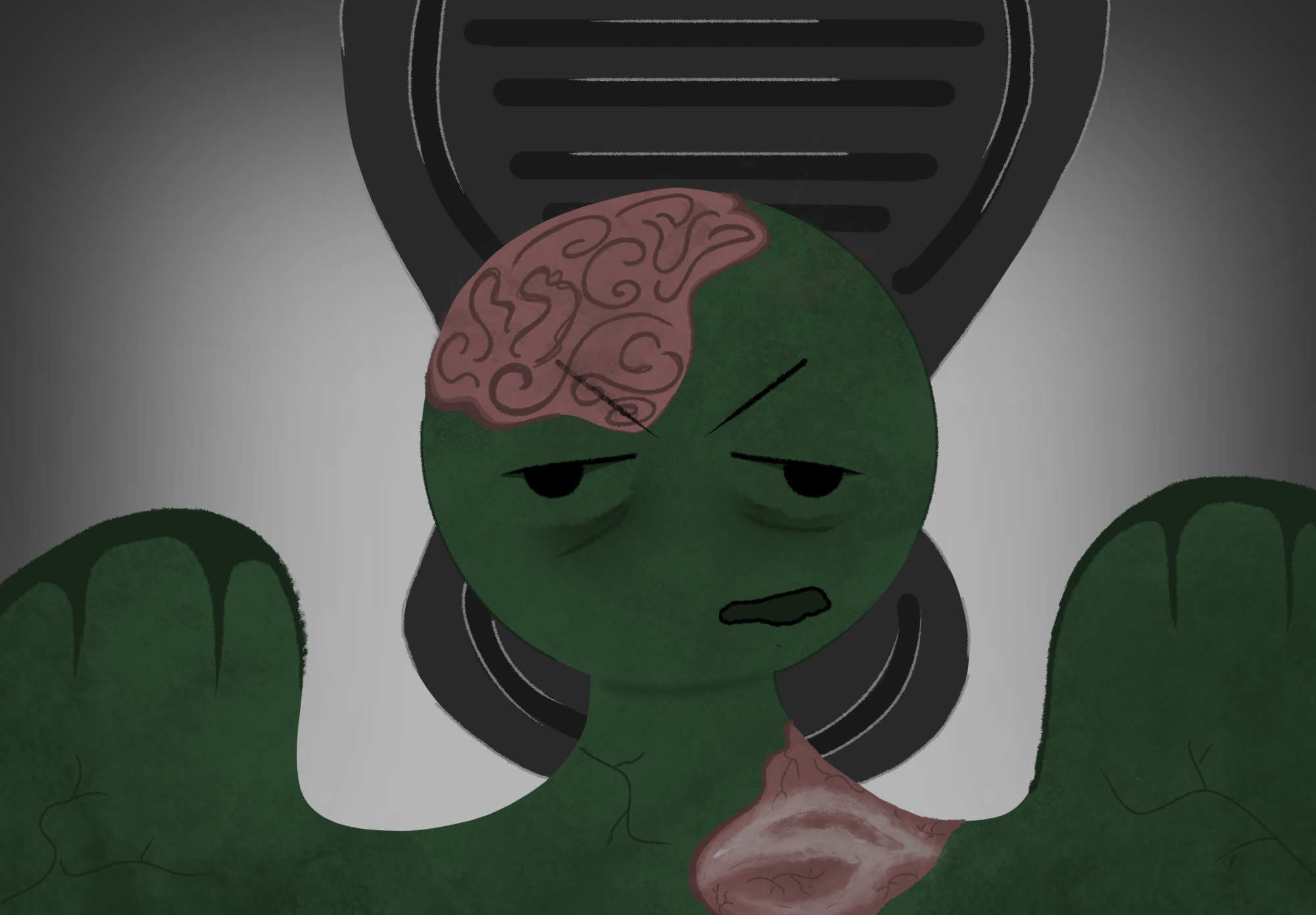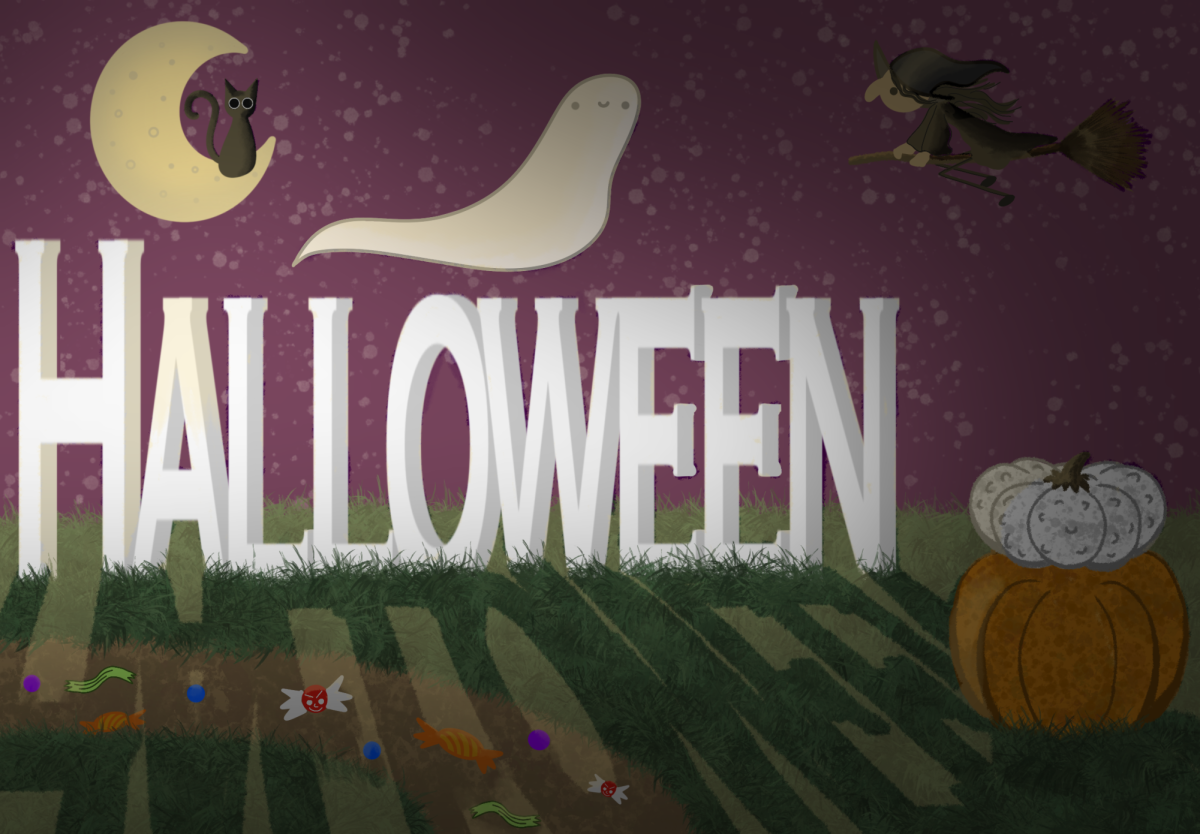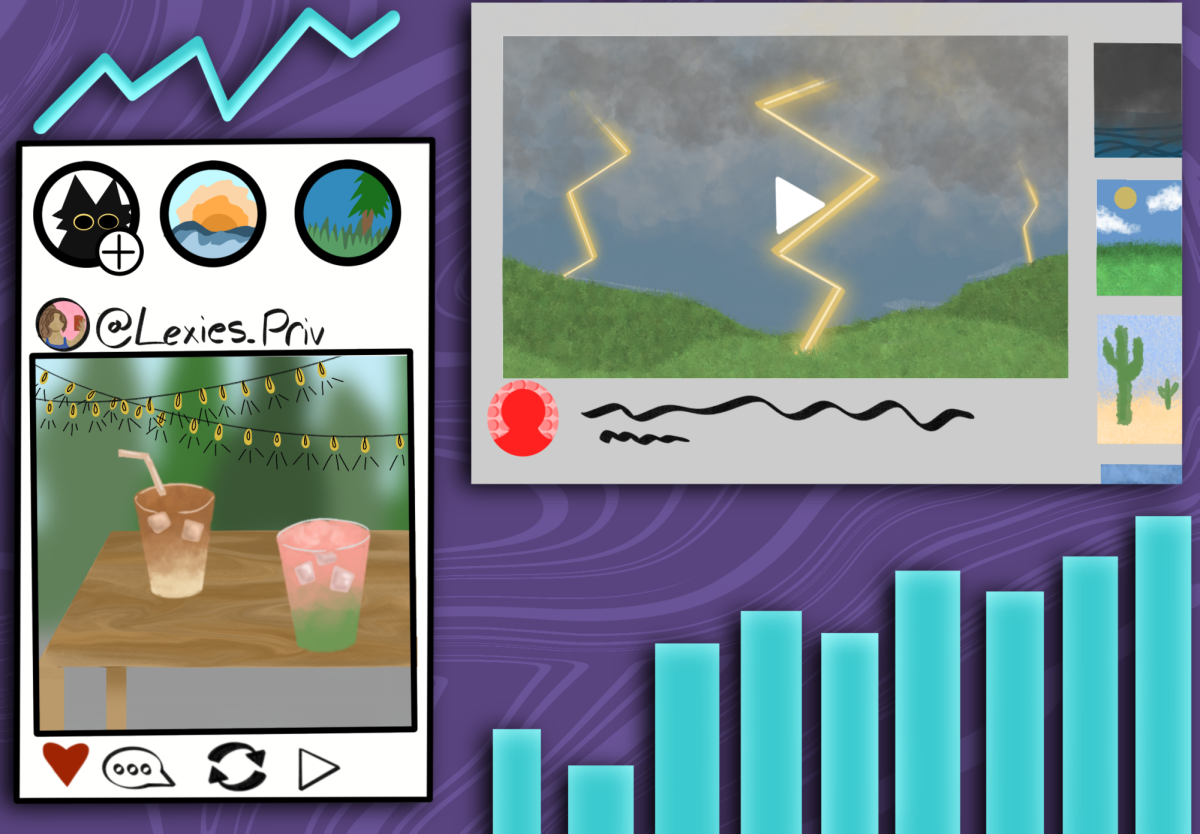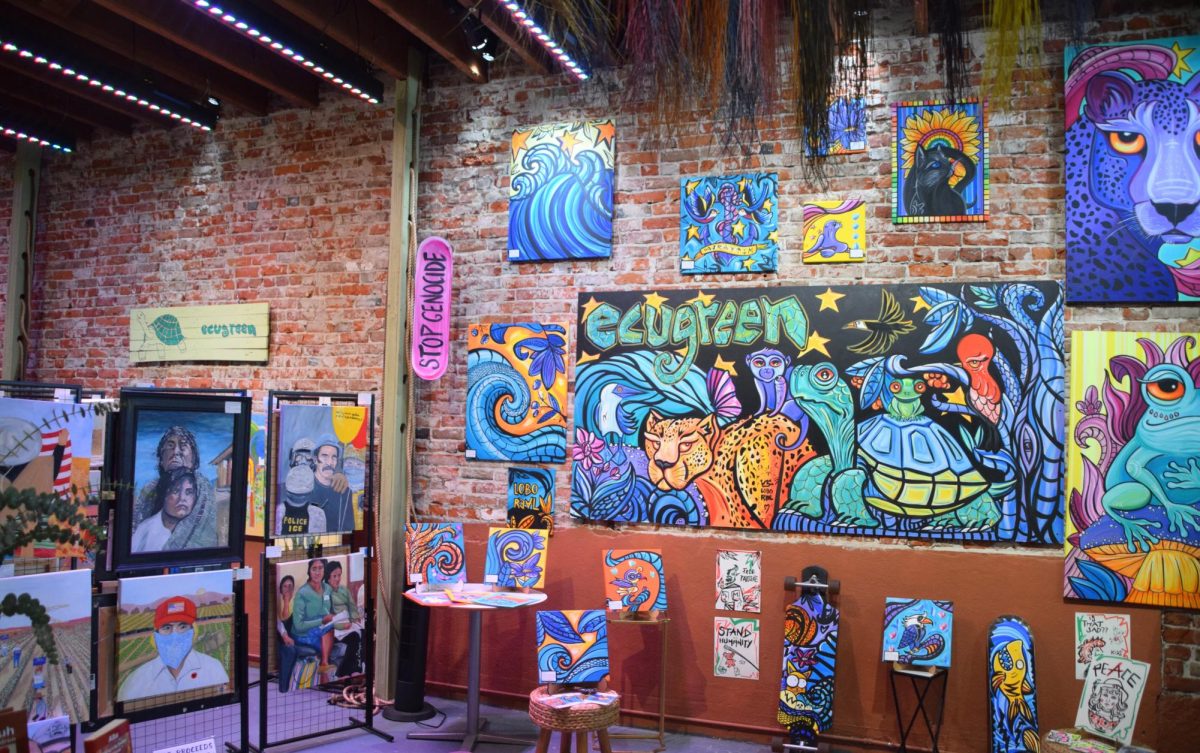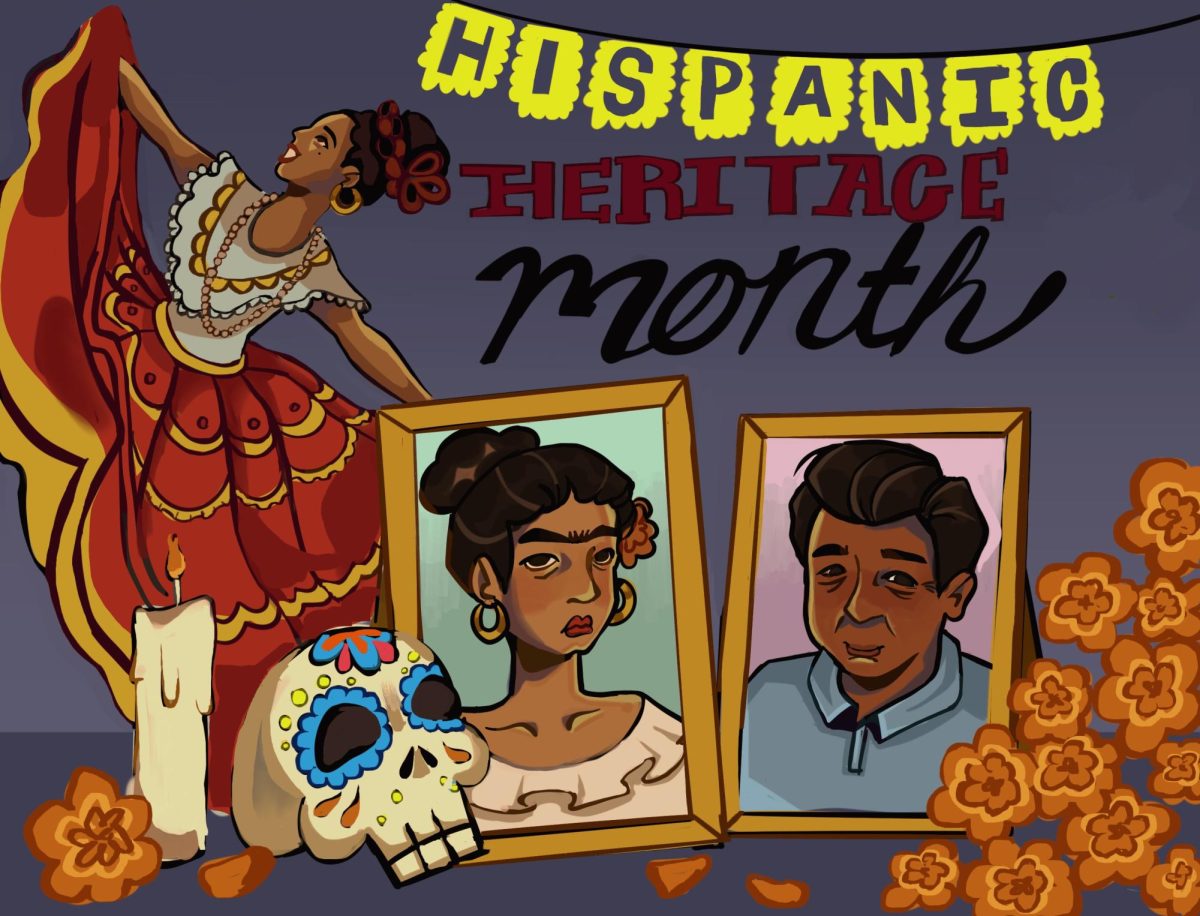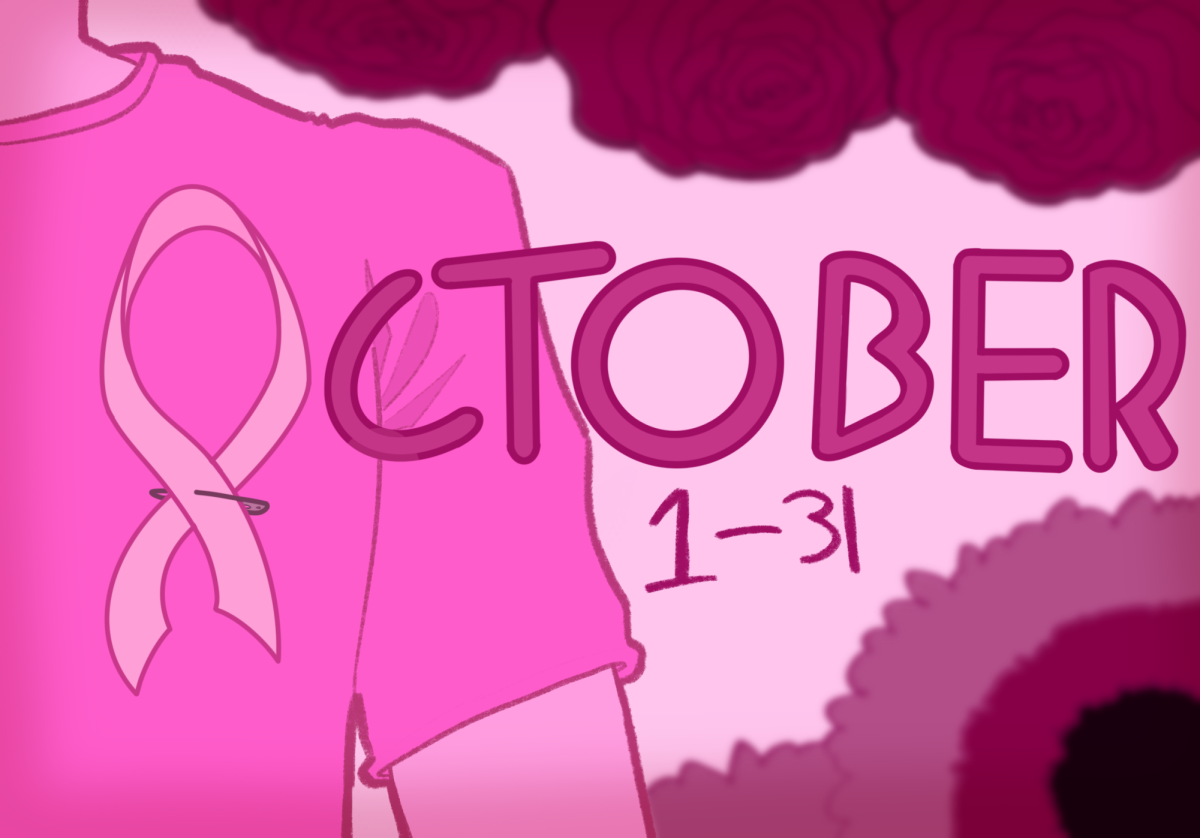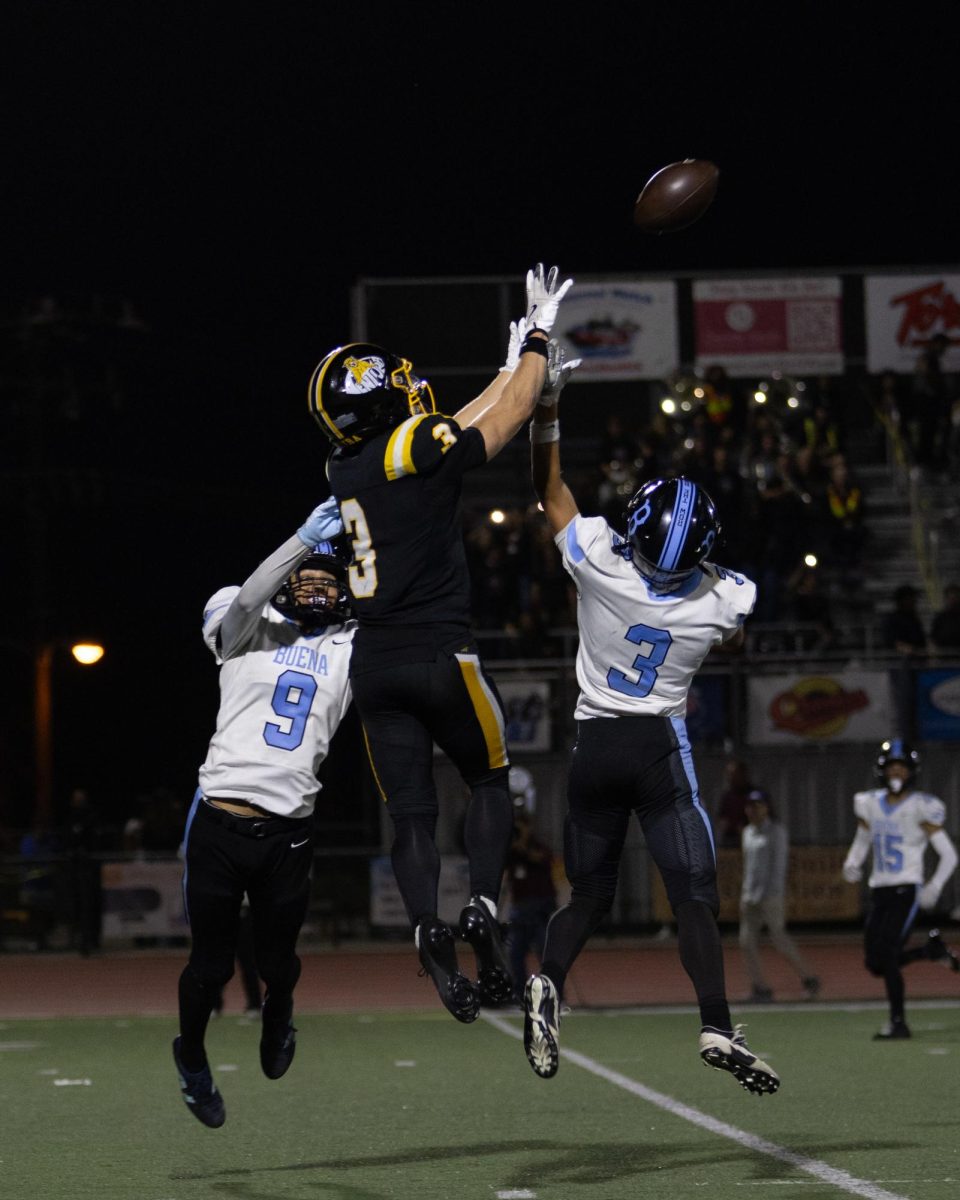Superstition: “excessively credulous belief in and reverence for supernatural beings.”
From the Jersey Devil in the early 1700s to the maze bound minotaur wreaking havoc in Ancient Greece, there has always been a monster hiding in the shadows, an unseen force behind all hurdles and mysteries of humankind’s past. Though you might not see Bigfoot on a hike or Nessy while swimming in your local lake, these creatures have been a pivotal part of human history, living on through the stories we tell.
What do monsters do for people? Why do we create monsters? We create monsters to represent our fears and anxieties, explain the unexplainable or explore abstract concepts like fear or hubris. However, not all monsters are created to dissect the depth of the human spirit, some are just made to scare naughtiness or immaturity out of children and adults alike.
During the 15th century, a monster now known across the world was born. Though the characteristics of the creature vary from culture to culture, a few things remain the same: its unclear motives and powers, and its name, the Boogeyman. This monster is widely known as a folkloric creature used to scare children into exercising caution when traveling through woodlands, guided by the fear of the monster coming to snatch them away. In short, the Boogeyman is used as a quick way to motivate children to take caution while traveling alone, without having to explain the many real dangers.
While the Boogeyman was used to scare kids, monsters were also used to question abstract ideas to everyday life. For instance, Mary Shelley, an English novelist in the early 1800’s, wrote “Frankenstein; or, The Modern Prometheus.” Shelley grappled with ideas such as social prejudice, her writing inspired by the ideas of romanticism and enlightenment at the time paired with her personal traumatic experiences.
There are monsters fueled by fear of getting hurt, but what about monsters that are fueled by threats to our existence? This fear was explored after the lucky dragon incident, where Mr. Yamamoto, an Engineer present on the lucky dragon ship said “It called to mind the atomic bomb, and thus death. Moment by moment, it was as if I were being chased by some devil.”
The Lucky Dragon was a Japanese fishing boat whose crew saw firsthand the effects of Castle Bravo, a code-name for a thermonuclear weapon test by the US on Bikini Atoll which went horribly wrong. The bomb was more than twice as powerful as predicted and despite the Lucky Dragon being 86 miles from the test site, it still experienced the impact. Twenty three men suffered from radiation sickness, caused by exposure to high doses of radiation from the nuclear rains after the explosion. This story sparked a new fear of Nuclear fallout as seen previously with Hiroshima and Nagasaki.
In 1954 these fears of further threat of nuclear fallout were materialized in the movie “Gojira” (Godzilla) directed by Ishirō Honda and based on a concept by Shigeru Kayama. Godzilla served as a representation of the destructive power of uncontrolled nuclear bomb testing at the time.
Though Godzilla’s original purpose has since faded along with the looming threat of nuclear warfare, Godzilla in the modern day has been presented as a hero or a misunderstood beast, rather than a rampaging monster. Maybe it’s a sign of the scars left by warfare slowly starting to fade, or the image of Godzilla being changed for more financial profit; Regardless, the original purpose of Godzilla has changed over the years.
One of the earliest cases of alien media in history is in H.G. Wells “The War of the Worlds,” a science fiction novel published in the late 19th century. The story follows the invasion of Woking, England, and its surrounding areas by Martians. Notably, this book later inspired the well known 1939 radio broadcast by Orson Welles’s Mercury Theater, which made many believe the martian invasion was real. The novel seems very straightforward, but in actuality it might very well be an allegory for the fears of an end to the British Empire. According to David Seed, a literary scholar, “The theme of the ‘course of Empire’ ran deep through Wells’s work.” Wells meant the book not only as a fantastical story about the paranormal, but also as a warning of foreign superior technologies bringing an end to the British Empire.
The Black War was a series of violent attacks in Tasmania, thousands of the native tasmanians were killed in the battle by European settlers. The war was a intentional effort at a genocide of the Tasmanian people. And this was echoed in Wells’ work, presenting a greater power than the British Empire, the Martians; putting the British empire in the same place of the Tasmanians they once decimated.
The bitter reminder of the fleeting regin of the British Empire that was the War of the Worlds was pivotal in the extraterrestrial media. Though its purpose was changed, it was more notable because of the representation of hostile alien invaders.
So whether it’s the kind yet violent Dr. Jekyll and Mr. Hyde or the charismatic Mike Wazowski, these monsters are the physical embodiment of us, our fears, anxieties, hopes, emotions and deeper understanding about our own existence. Monsters are a representation of the worst and in some cases the best. In the words of Richard Pryor, “Everyone carries his own monsters.”

